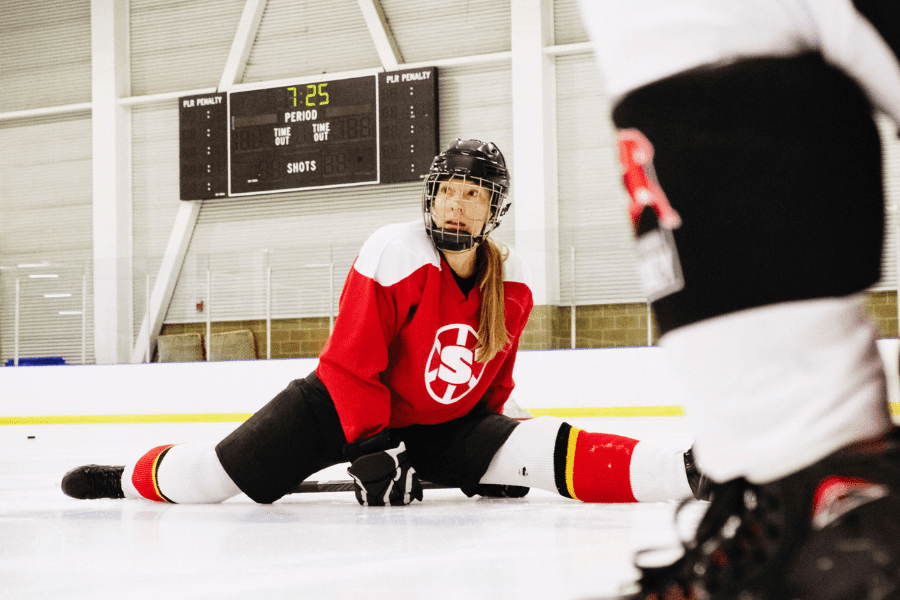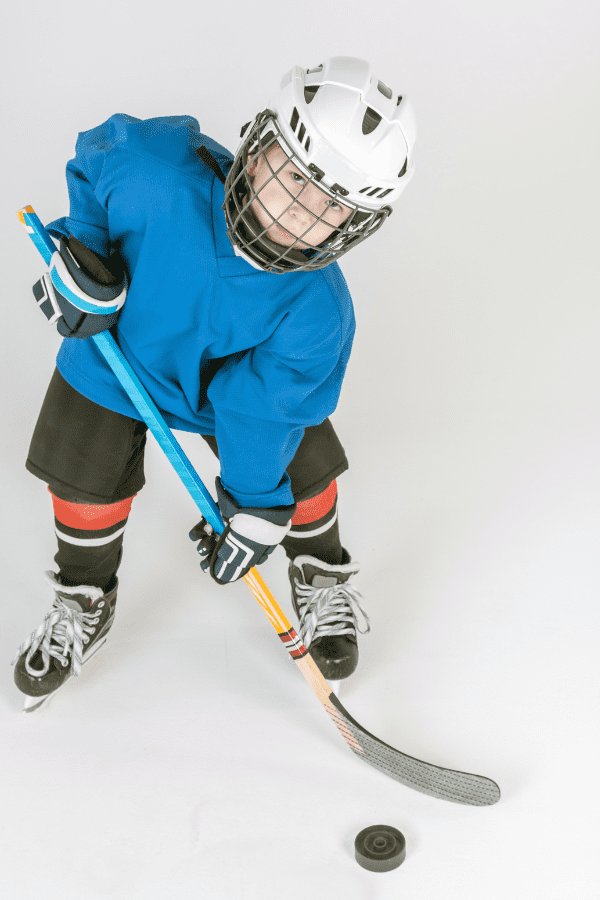Master Hockey Injury Prevention Tips: Stay Safe on the Ice
Learn to play it safe! Get top-notch hockey injury prevention tips & stay safe on the ice. Slip into laughter, not injuries! This guide will guide you through injury prevention by discussing physical preparedness, nutrition, and skill mastery.
Mastering Hockey Injury Prevention Tips
Hey there! As a hockey enthusiast, I know how exhilarating it feels to glide across the ice, stick in hand, ready for action. But let’s face it, the last thing we want is to end up on the bench with an injury. That’s why I’m here to share some witty and practical hockey injury prevention tips to ensure you can stay safe on the ice and keep the game going strong!
Before we dive into the nitty-gritty details, it’s important to understand that injury prevention in hockey is a multi-faceted approach. We need to focus on physical fitness, technical skills, mental preparation, and proper nutrition. So, let’s get started on our journey to a safer and injury-free hockey experience!
Key Takeaways:
- Physical fitness is crucial for injury prevention – work on cardiovascular endurance, strength training, and flexibility exercises.
- Mastering technical skills such as skating, passing, shooting, and stickhandling can reduce the risk of injuries on the ice.
- Mental preparation through goal setting, visualization, and positive self-talk can enhance performance and reduce the chances of injuries.
- Proper nutrition fuels the body and optimizes performance in hockey.
- Wearing the right equipment and following safety rules, like body checking guidelines, is essential for injury prevention.
Enhancing Physical Fitness for Ice Hockey
When it comes to ice hockey, physical fitness is the key to success on the ice. As a player, it’s important to focus on enhancing your endurance, building strength, and improving flexibility to reduce the risk of injuries. To boost your cardiovascular endurance, engage in activities like running, cycling, or swimming. These exercises will help you maintain energy levels throughout the game and enhance your overall performance.

Strength training exercises are crucial for developing the necessary muscles for optimal performance. Focus on building strength in your legs, upper body, and core. Include exercises like squats, lunges, push-ups, and planks in your training routine. By improving your strength, you’ll have better stability and control on the ice, reducing the chances of getting injured.
Flexibility is another important aspect of injury prevention in ice hockey. Rapid movements and quick changes of direction are common in the game, so it’s crucial to improve your flexibility to avoid strains or pulls. Incorporate stretching and mobility exercises into your warm-up and cool-down routines. This will help increase your range of motion and reduce the risk of injuries.
| Hockey Injury Prevention Strategies | Hockey Injury Prevention Techniques | Hockey Injury Prevention Programs | Hockey Injury Prevention Equipment |
|---|---|---|---|
| Proper warm-up: Perform dynamic stretches and exercises to prepare your body for the game. | Stretching: Incorporate static stretches after your game or practice to improve flexibility. | Strength and conditioning: Follow a structured program to build strength and enhance overall fitness. | Protective gear: Wear appropriate equipment, including helmets, neckguards, pads, and mouthguards. |
| Balanced nutrition: Fuel your body with the right nutrients to optimize performance and recovery. | Proper skating techniques: Learn and master efficient skating techniques to prevent falls and collisions. | Rest and recovery: Allow your body enough time to rest and recover between intense training sessions or games. | Stickhandling and shooting drills: Practice these skills to improve control and accuracy while reducing the risk of injuries. |
By focusing on these physical fitness tips and incorporating them into your training regimen, you’ll be well on your way to enhancing your performance on the ice and minimizing the chances of injuries. Remember, a strong and fit body is your best defense against any potential harm.
Mastering Technical Skills in Ice Hockey
When it comes to ice hockey, mastering technical skills is essential for success on the ice. From skating techniques to stickhandling skills, honing these abilities not only enhances performance but also reduces the risk of injuries. Let’s take a closer look at some important guidelines and drills that can help players improve their technical proficiency and stay safe during the game.
Skating Techniques
Skating is the foundation of ice hockey, and mastering various techniques can greatly impact a player’s speed and agility. It’s important to focus on using the inside and outside edges of the skates to maximize control and balance. Additionally, perfecting crossovers allows for smooth transitions and quick changes of direction.
Passing and Receiving Techniques

Accurate passing and receiving skills are crucial in ice hockey. To improve in this area, players should keep their eyes up, ensuring they have a clear view of the ice and their teammates. The body can be used to shield the puck from opponents, enabling successful passes. Regular practice and drills can enhance accuracy and timing.
Shooting and Stickhandling Techniques
Keep the Head and Eyes Up!
Developing effective shooting techniques is essential for scoring goals. Players should work on a quick release, allowing for rapid and precise shots. It’s also important to master different types of shots, such as wrist shots, slap shots, and snap shots, to keep opponents guessing. In terms of stickhandling, keeping the head and eyes up and using body fakes and dekes can outwit opponents and create scoring opportunities. Improving hand speed and coordination through drills can further enhance stickhandling skills.
Defensive play and safety are critical parts of hockey. You must be aware at all times what is going on in the play and around you on the ice to protect yourself. KEEP YOUR HEAD UP. This goes back to effective skating and stick handling. If you know where the puck is, then you can keep your head and in the game. As players get older, those who hang their head down looking at their stick or the puck, also become targets as an easy check.
By dedicating time and effort to practicing and mastering these technical skills, hockey players can elevate their performance on the ice and reduce the risk of injuries. Remember, consistency and perseverance are key when striving to become a skilled and safe player in the game of ice hockey.
Conclusion
Well, there you have it, folks! We’ve covered all the essential hockey injury prevention tips and safety guidelines to keep you safe on the ice. As an aspiring hockey player, it’s crucial to prioritize your well-being while enjoying the thrill of the game. So, let’s quickly summarize what we’ve learned:
First, physical fitness is key. By improving your cardiovascular endurance, strength training, and flexibility, you’ll be better equipped to handle the demands of the sport. Remember, a strong and flexible body is less prone to injuries!
Next, let’s not forget the technical skills. Mastering skating techniques, passing and receiving, shooting, and stickhandling will not only enhance your performance but also reduce the risk of accidents. Practice makes perfect, hockey enthusiasts!
And of course, proper nutrition plays a vital role. Fuel your body with the right nutrients, stay hydrated, and get that energy to dominate the game!
Lastly, remember to wear proper equipment and adhere to the rules of body checking. Safety should always be your top priority.
Hit the ice, and let your passion for hockey shine through. By following these hockey injury prevention tips and safety guidelines, you can enjoy the game to the fullest and stay injury-free. Stay safe, my fellow hockey lovers!



